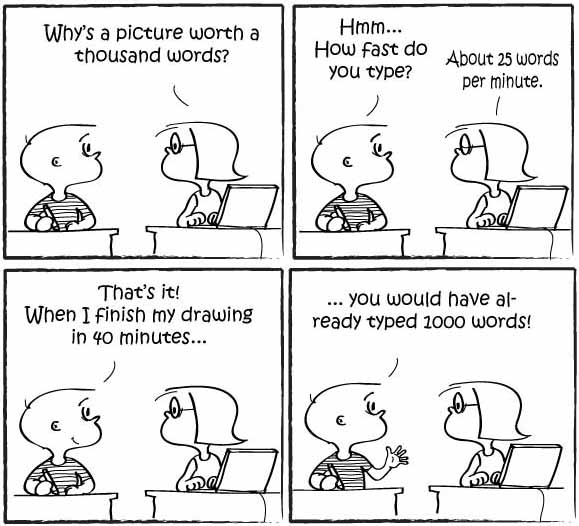My Interview Subjects:
Wiliam H Dantzler, PhD
Eldon Braun, PhD
Both of the interviewees are retired professors with PhD
titles who worked for the University of Arizona. Professor Braun received his
PhD from University of Arizona and Professor Dantzler received his PhD from Duke.
Professor Braun was an active professor in the Physiology department for 48 years and Professor Dantzler was an active professor for 41 years.
Scheduled Interviews:
Eldon Braun: 1pm on Friday, February 26, 2016 in his office
in room 4121 of the Health Science Center.
William H Dantzler: 2:30pm on Friday, February 26, 2016 in
his office in room 4129 in the Main Medical Center building.
Interview Questions for Eldon Braun:
1.
Where did you attend undergraduate and graduate
school?
2.
How long were you a physiology professor for?
3.
I found that you have done extensive research on
comparative renal physiology and morphology and the regulation of individual
nephron filtration rates and renal blood flow. How and when did you become
interested in kidney process? (Journal of Exotic Pet Medicine)
4.
When you write your research, what kind of
audience are you writing for? Is it for students, other professors, or doctors?
5.
What are the most common writing genres that you
regularly write in for your position as a professor or when giving
presentations at conferences? For example, do you ever work in non-text based
genres like video or audio genres?presented at lar
6.
Did you ever use social media as a professor or
for your research on renal blood flow?
7.
How has your writing as a physiology professor
changed/evolved with time?
8.
What software do you rely on when working on
presenting your research or lectures as a professor?
9.
For your project regarding renal physiology, what
steps took the longest for your writing process? (Project planning,
brainstorming, outlining, actual research, revision, publication)
1. Is
there anything about professional communication in the medical field that you
think students like myself just starting out in this field that should know?
Interview Questions for William H Dantzler:
Where did you attend undergraduate and graduate
school?
How long were you a physiology professor for?
And how old were you when you were active in the field
I found that your research interests includes cellular and molecular mechanisms and
regulation of organic anion and cation transport in renal proximal tubules of
mammals, bird and reptiles. How did you become interested in this?
When you publish the work found in your
research, what is your writing process like and what takes the longest for you?
(project planning, brainstorming, outlining, actual research, revision,
publication)
What were the most common writing genres that you
regularly wrote in for your position as a professor or when giving
presentations at conferences regarding research? For example, do you ever work
in non-text based genres or was it typically powerpoints?
Did you ever use social media as a professor or
for your research, would you do so now?
How has your writing as a physiology professor
changed/evolved with time?
What software do you rely on when working on
presenting research or lectures as a professor?
What
audience did you tend to write for? (Students, doctors, other professors,
anyone in medical field)


















